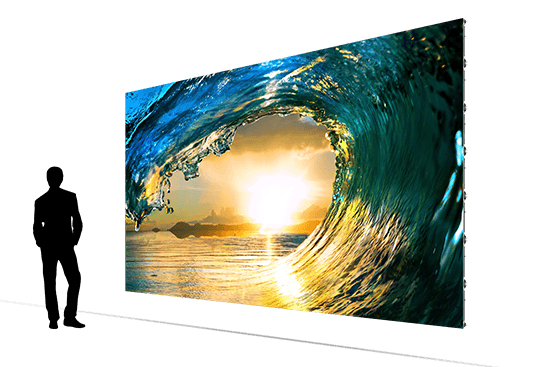Perfecting Color Precision in LED Display Calibration for Stunning Graphic Displays
Perfecting Color Precision in LED Display Calibration for Stunning Graphic Displays
Blog Article
Hue accuracy is essential for creating stunning visual displays, particularly when employing LED screens. These massive screens are frequently found in locations like music venues, athletic arenas, and promotional billboards. When the hues on an LED screen are not accurate, the visuals can look flat or warped, which can impact the total experience for audiences. Therefore, mastering color accuracy in LED wall calibration is crucial for achieving lively and realistic visuals.
The initial step in guaranteeing color precision is comprehending how LED systems works. LEDs, or light-producing diodes, generate light in various shades by mixing red, green, and blue (RGB) light. Each dot on an LED screen is made up of these three colors. When calibrated correctly, the combination of RGB can create a wide range of hues. However, if one color is too intense or too faint, it can throw off the entire display. This is why tuning is necessary to balance the hues and achieve the desired visual result.
Calibration involves modifying the configurations of the LED wall to ensure that the hues displayed match the original material as nearby as feasible. This process typically involves using specialized software and hardware instruments. Technicians often use color measurement devices, such as color meters, to analyze the colors being displayed. By contrasting the measured colors to benchmark color values, they can make exact adjustments. This ensures that the hues are not only vibrant but also uniform across the whole screen.
Another crucial aspect of color precision is understanding the surroundings in which the LED screen is used. Elements such as ambient light can considerably impact how hues look. For instance, a well-lit illuminated room may wash out hues, making them look less lively. To counteract this, technicians may adjust the luminosity and contrast configurations of the LED screen. Additionally, they may choose specific color settings that are better appropriate for different lighting environments. This adaptability helps preserve color led wall calibration for digital art accuracy irrespective of the viewing environment.
Ultimately, routine upkeep and recalibration are crucial for maintaining an LED screen looking its best. Over time, the performance of LEDs can change due to elements like degradation and heat fluctuations. Frequent checks and adjustments can help guarantee that the colors stay correct and vibrant. By investing time in appropriate calibration and maintenance, venues can offer audiences with stunning graphic displays that enhance their total impression. Perfecting color precision in LED wall tuning is not just a mechanical task; it is an expertise that adds to the magic of graphic storytelling.